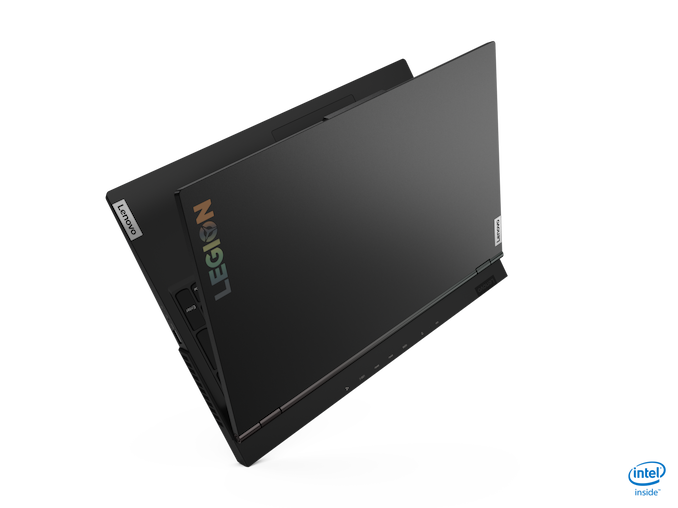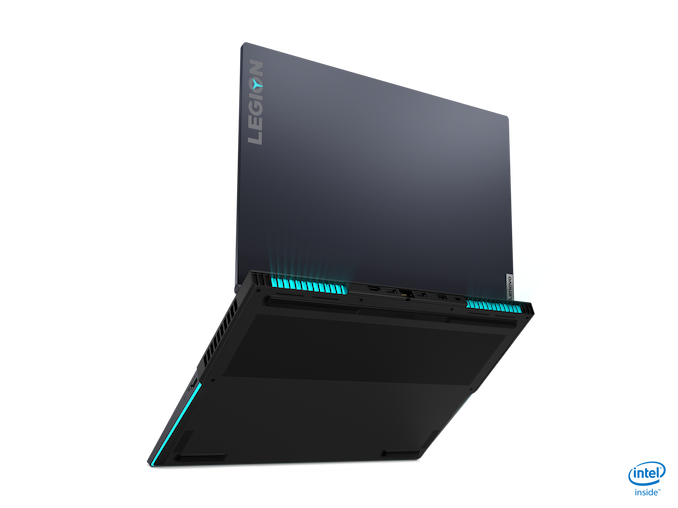Lenovo Legion Laptop Launch: 10th Gen Intel Core And RTX Super Updates
by Brett Howse on April 2, 2020 3:02 AM EST
Lenovo is announcing some updated products today featuring the new 10th generation Intel Core H-Series and NVIDIA RTX Super mobile GPUs, and Lenovo is taking advantage of the new NVIDIA Advanced Optimus as well, allowing better battery life while still providing G-SYNC.
The Lenovo Legion 7i and Legion 5i are replacing the Legion Y740 and Y540 models, with the 7i being a 17-inch gaming laptop, and the 5i being a 15-inch version. Both will feature the new NVIDIA Advanced Optimus, which means they will offer G-SYNC on their displays, but be able to switch off the dGPU for battery savings when needed. For those unfamiliar, one of the drawbacks of G-SYNC previously was that it required the dGPU to be directly connected to the display, which removed the capability of using NVIDIA’s Optimus to leverage the iGPU for light-duty tasks to save power. Some manufacturers worked around this by offering a multiplexer, but the added complexity and cost, coupled with the fact that the user would need to reboot the laptop to turn it on or off, meant it was a useful, but niche solution. Lenovo will be one of the first to offer the new dynamic switching of Advanced Optimus which no longer has the reboot requirement, so we should hopefully see more laptops offering this along with G-SYNC.
Both laptops will offer 10th generation Intel Core H-Series, meaning the 45-Watt processors, but Lenovo hasn’t indicated what exact models they will be offering. On the GPU side, the 15-inch Legion 5i will have up to a NVIDIA RTX 2060, and the larger 17-inch Legion 7i will go all the way up to the RTX 2080 Super Max-Q.
Although details are a bit light at the moment, Lenovo is coming in with some very reasonable pricing for the new laptops which will be coming out later this year. The Legion 5i with RTX 2060 will start at just $999, and the Legion 7i with RTX 2070 starts at $1199.
Source: Lenovo













4 Comments
View All Comments
jeremyshaw - Thursday, April 2, 2020 - link
Since it's very unlikely that Intel ported Adaptive Sync or VRR to their ancient IGP (and they are still at DP1.2, per their own block diagram, so no Adaptive Sync), this means this is still using a muxer.I've noticed from using an eGPU dock with an external display, that Windows 10 / Nvidia / Intel handle hot undocking somewhat well-ish. Applications that use the GPU sometimes handle it well. I wonder if this is just further refining that, and if it will benefit eGPU users?
justing6 - Thursday, April 2, 2020 - link
It is a mux, but it's a Nvidia supported dynamic mux that is a key part of their "Advanced Optimus". Hopefully it works as well as they're promising! Anandtech did an article about that feature specifically here: https://www.anandtech.com/show/15692/nvidia-detail...Arnav_B - Tuesday, April 7, 2020 - link
This is not solely a gaming device is it ?